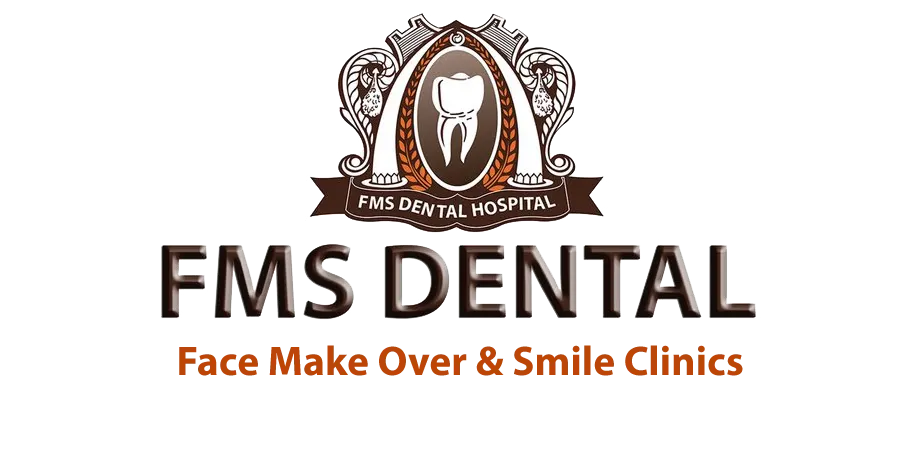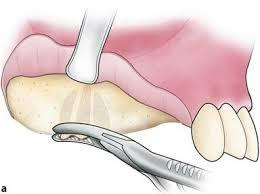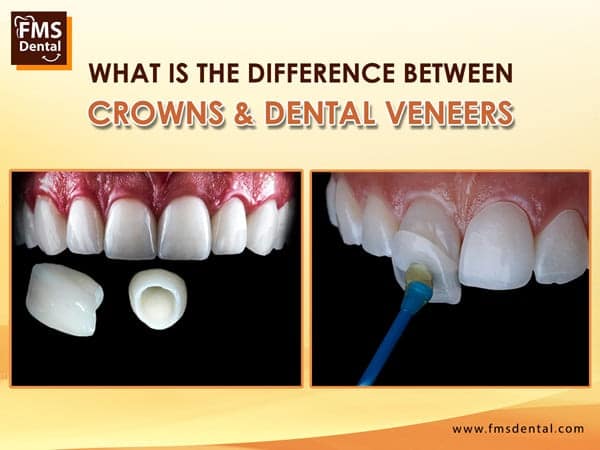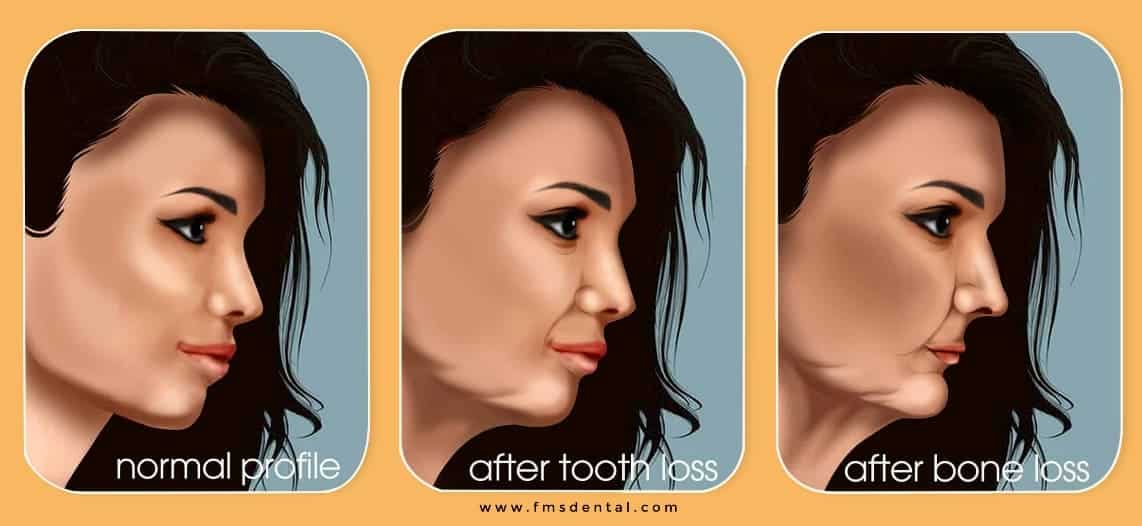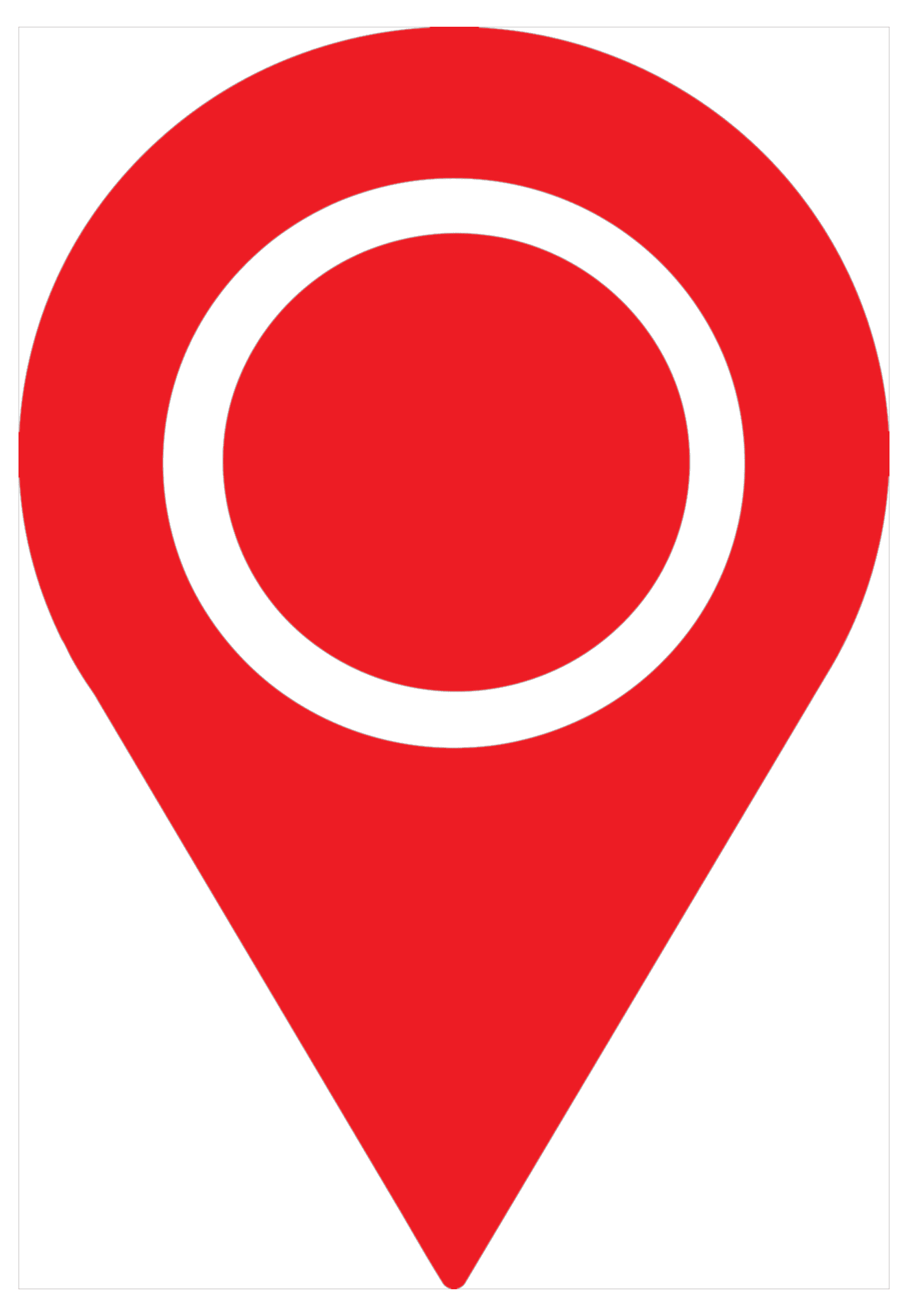Jaw surgery may be performed for patients with the severe upper jaw or lower jaw discrepancy.
Upper jaw (maxillary osteotomy)
A maxillary osteotomy may be performed to correct these issues:
- Significantly receded/protruded upper jaw
- Crossbite
- Too much or too little of the teeth showing
- Open bite
From inside the mouth, your surgeon cuts the bone above your teeth so that the entire upper jaw and your upper teeth can move as one unit. The jaw and upper teeth are moved forward until they fit properly with the lower teeth.
Once the jaw is realigned, tiny screws and plates hold the bone in its new position. These screws which are smaller than a bracket used for braces become integrated into the bone structure over time.
Lower jaw (mandibular osteotomy)
A significantly receded/protruded lower jaw can be corrected by a procedure called mandibular osteotomy.
In this procedure, the surgeon makes cuts behind the molars and lengthwise down the jawbone so the front of the jaw can move as one unit. As a result, the jaw slides smoothly to its new position. Screws hold the jaw bone together until it heals.
Chin surgery (Genioplasty)
A deficient chin often accompanies a severely receded/protruded lower jaw. Deficient chin can be fixed by a procedure called genioplasty, where your surgeon cuts your chin bone and secures it in a new position.
Procedure
The surgery might involve one jaw or the two jaws during the same procedure. The modification is done by making cuts in the bones of the lower jaw and / or upper jaw and repositioning the cut pieces in the desired alignment. Usually surgery is performed under general anaesthesia and the surgery often does not involve cutting the skin, and instead, the surgeon is often able to go through the inside of the mouth. Jaw surgery takes place in the hospital and requires a one- to two-day stay. Complete recovery at home typically takes three to six weeks.
In most cases, an orthodontist places braces on your teeth before surgery. Braces are usually on for nine to eighteen months before surgery to level and align your teeth. After your jaw heals from surgery, typically about six weeks after surgery your orthodontist finishes aligning your teeth and eventually removes the braces. The entire orthodontic process, including surgery, may last 18 to 24 months.

